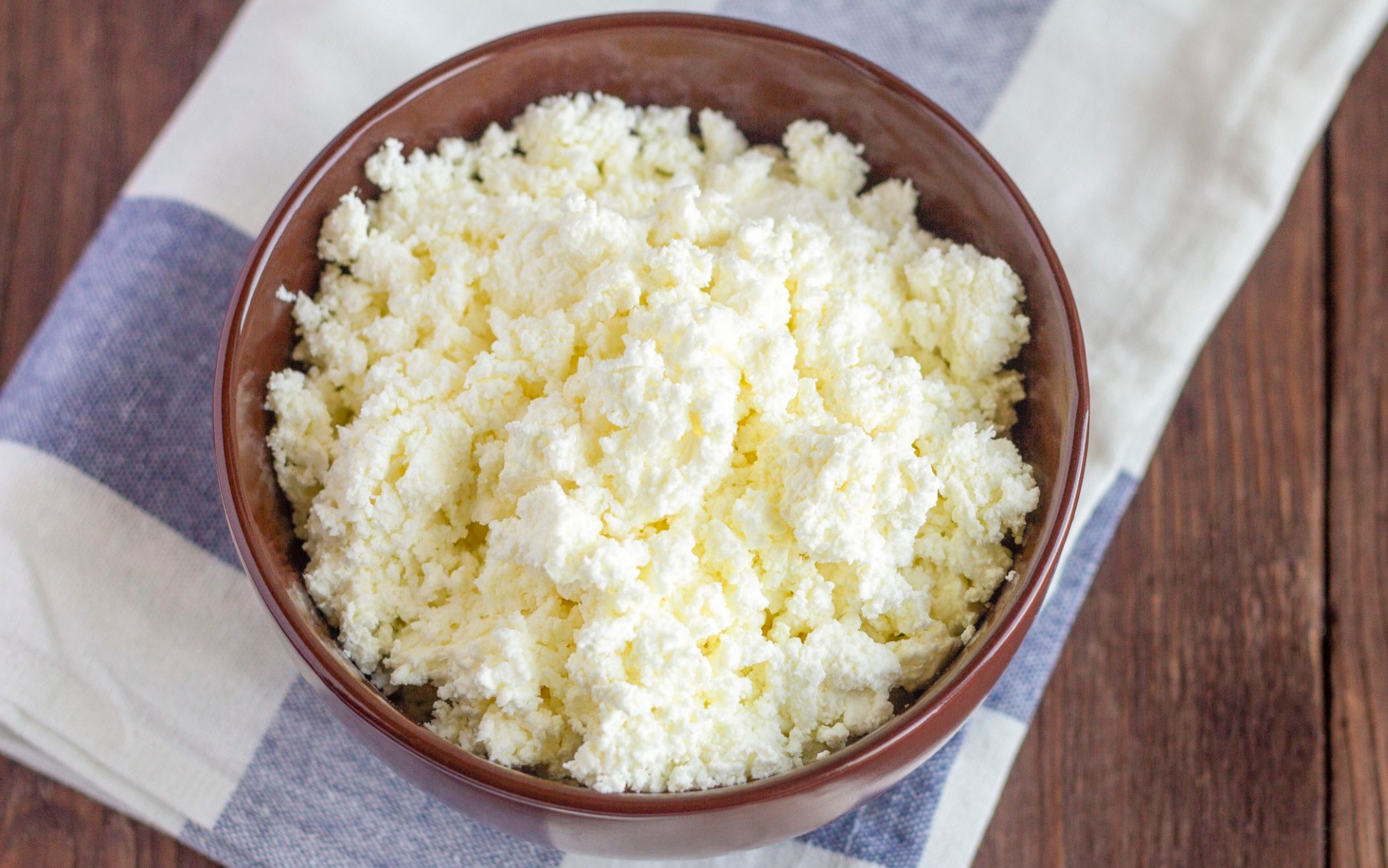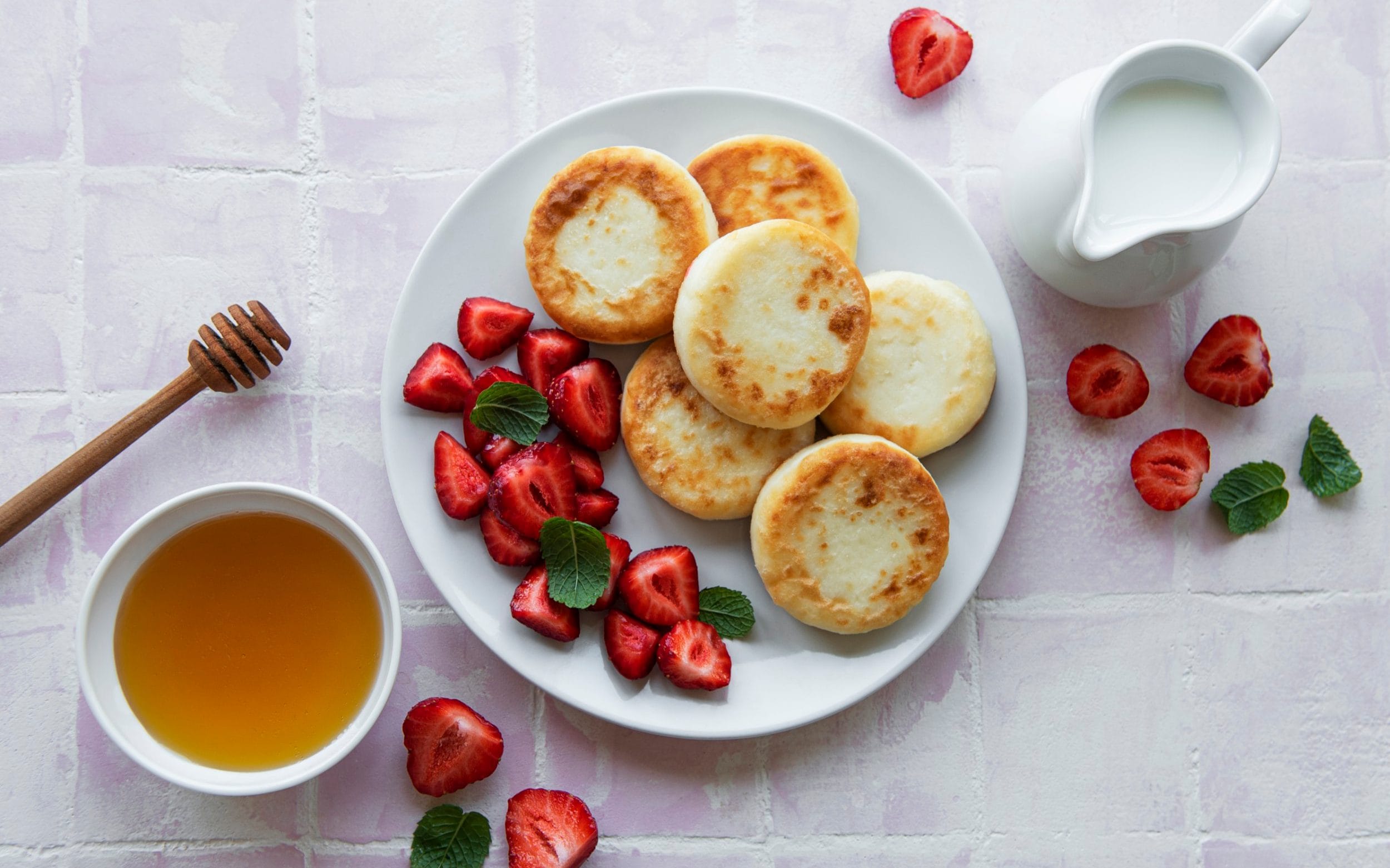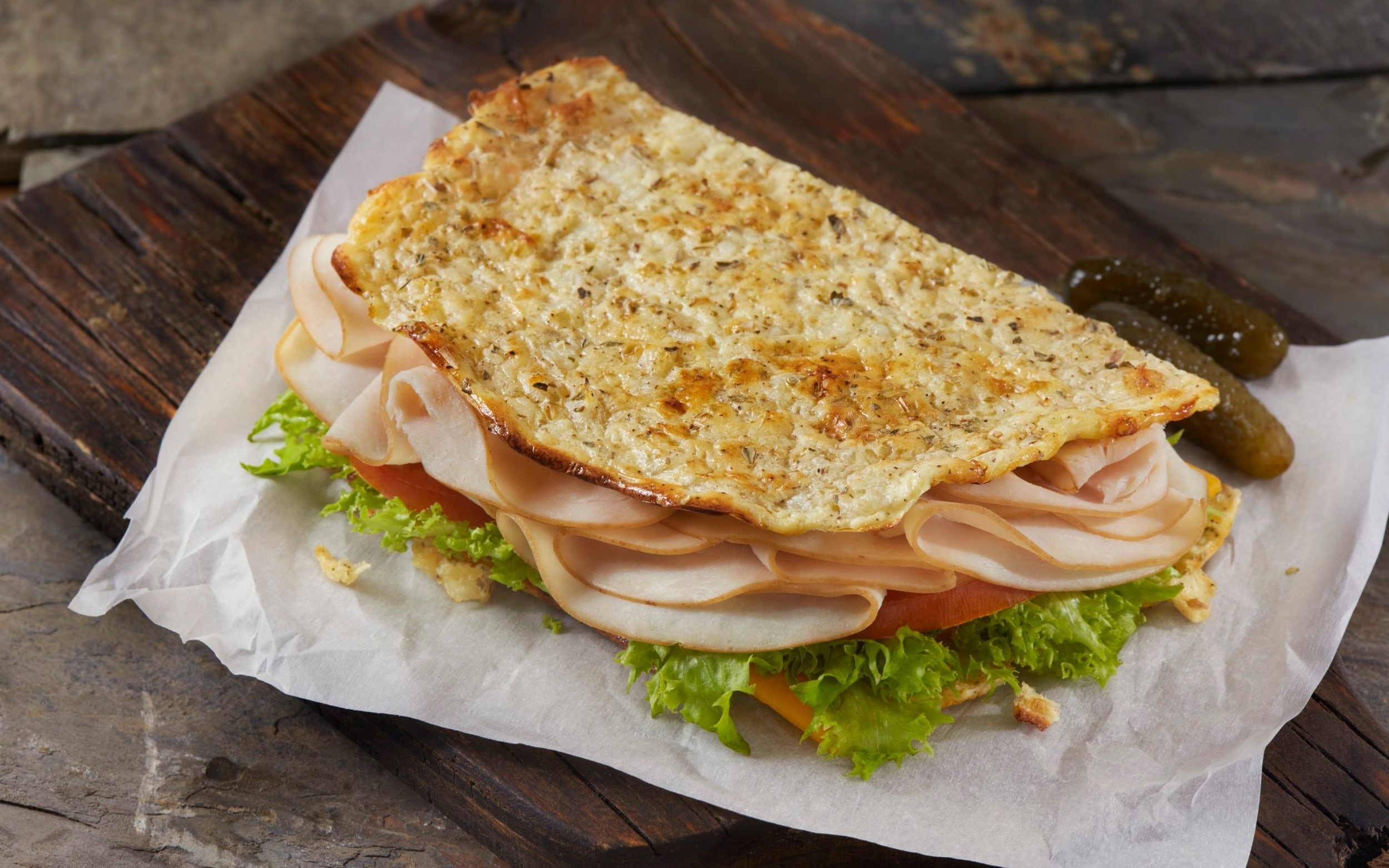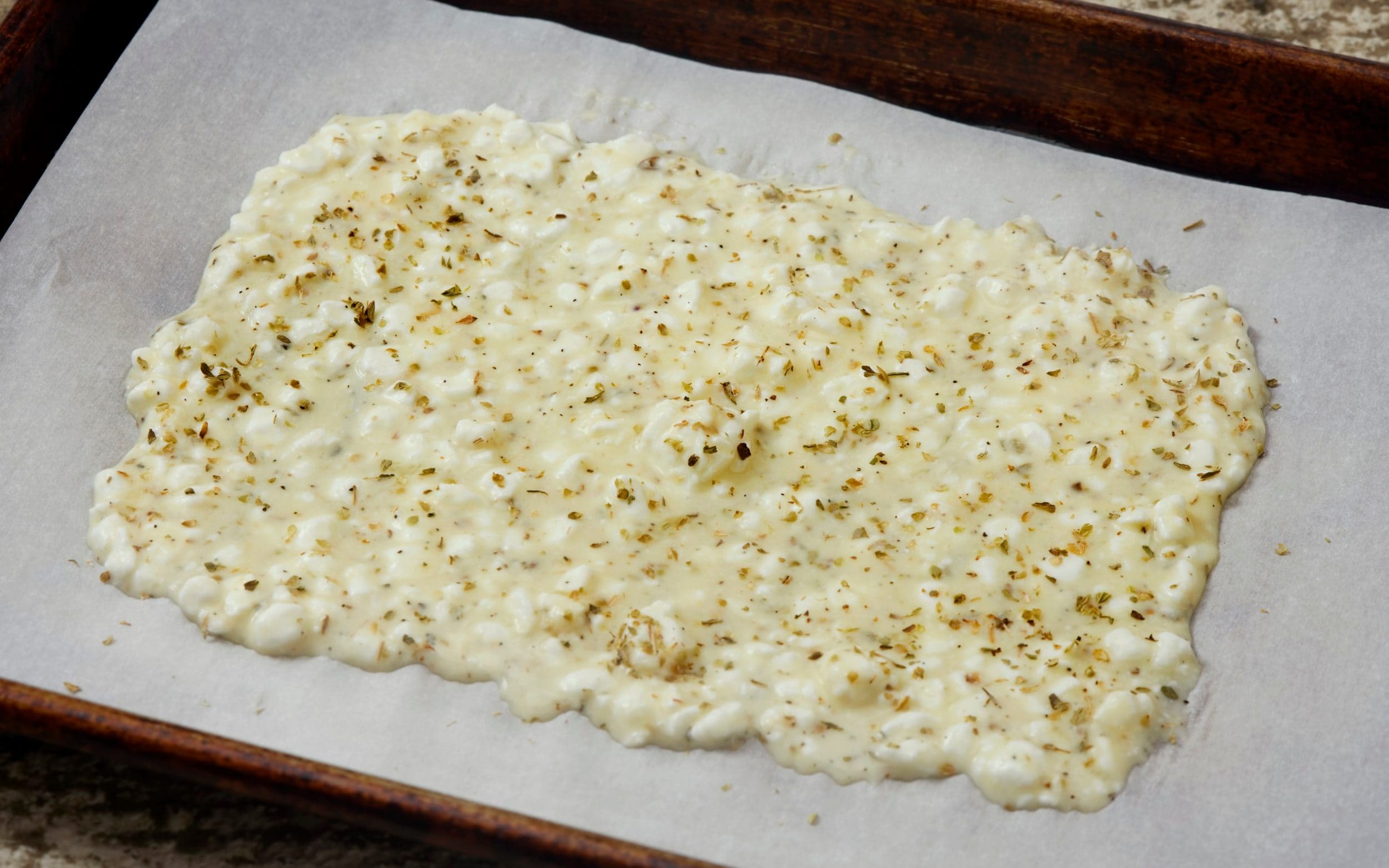
Richard Nixon ate it with pineapple. Seventies slimmers plumped for a grapefruit accompaniment. Many were thankful when its lumpy, faintly sticky texture fell from favour, replaced in the main by yogurt. Now, however, it is back. On TikTok, social media influencers are pairing it with avocado on toast, baking it into “viral flatbreads” and adding it to cookies – or even fudge. Why, oh why, is Cottage cheese is experiencing a resurgence. — And is this truly the most nutritious cheese available?
Skip to:
- What is cottage cheese?
- Could eating cottage cheese aid in losing weight?
- What makes it different from other types of cheese?
- Is cottage cheese known for having various vitamins and minerals?
- Can it enhance digestive health?
- Is it able to assist in building muscles and strengthening bones?
- What is the healthiest manner to consume cottage cheese?
- Cottage cheese recipes
Exactly what is cottage cheese, and what is the process for making it?
"Cottage cheese basically consists of curds," explains Eve Kalinik, a nutritional therapist and the author of Happy Gut, Happy Mind An acidic substance such as lemon juice, vinegar, or a bacterial culture that generates lactic acid is introduced to milk. This process divides the mixture into curds and whey. After the curds have coagulated, the liquid whey is removed. The resulting solids are then chopped into smaller portions. voilà – cottage cheese.
Does it have a high protein content?
Nutrition-wise, it truly measures up, as Kalinik points out, despite the texture possibly not being ideal. This is due to the fact that these curds include casein, a protein found inherently in milk, which forms lumpy masses upon introducing an acidic substance.
"Casein protein is considered a full-protein because it contains all nine essential amino acids," she clarifies. Although past trends promoted cottage cheese for weight loss, modern-day influencers frequently discuss its high protein content.
This makes sense up to a point. About 100 grams of cottage cheese has roughly 17 grams of protein. protein — approximately two and a half times the amount found in one egg and three times what’s present in whole milk yogurt. Your body requires protein to construct muscles, mend tissues and cells, produce and manage hormones, maintain digestive health, and oxygenate your blood among other functions.
Certainly. Protein holds significant importance, particularly complete proteins. These essential components are constructed using twenty distinct amino acids; however, our body can synthesize eleven out of those twenty. The remaining nine must be obtained solely through dietary intake. Complete proteins like casein include all nine indispensable amino acids.
Keep in mind, whey is also a complete protein; your body simply processes it somewhat differently. Stay tuned for more details...
Could eating cottage cheese assist with weight loss?
Possibly. To begin with, it’s low in calories For instance, consider cheese. A hundred grams of Sainsbury’s cottage cheese has 111 kcal, whereas the same quantity of their own-brand mature cheddar packs 416 kcal.
There are advantages to removing whey during its production as well. While whey is indeed a complete protein, casein is regarded as a "slow-release" protein, being absorbed more gradually, which helps keep you satiated for extended periods. 2012 study requested participants to adhere to a high-protein regimen for twelve months and observed that their body weight reduced by an average of 2.8 kg (6 lb) for women and 1.4 kg (3 lb) for men. According to another Cottage cheese has a comparable "filling effect" to eggs.
Nevertheless, according to Dr. Federica Amati, who authored "No Single Food Can Help You Lose Weight," she states, Everyone Needs to Understand This And as the lead dietitian at the health sciences firm Zoe, she says, "Achieving a healthy weight depends on your overall eating habits over several months—there aren’t any shortcuts."
How does your favorite cheese compare with others from a health perspective?
All cheese values are calculated for a portion size of 30 grams.
Cottage cheese offers notable health benefits compared to similar products, being one of the lower-calorie options—on par with its relative, ricotta. Both provide only 31 calories for every 30 grams served, contrasting sharply with cheddar, which has around four times as many calories at 125 per 30-gram portion. Additionally, cottage cheese leads in this category due to having minimal saturated fats, coming in slightly under 1 gram per serving. In contrast, a serving of festive Stilton contains significantly higher levels of saturated fats, totaling approximately 6.9 grams.
When comparing proteins, cottage cheese outshines ricotta, offering 3.75 grams of protein per 30-gram portion compared to just 2.1 grams in ricotta. On the other hand, fans of cheddar can celebrate as this cheese takes the lead with 7.6 grams of protein per similar serving size; however, keep an eye on the sodium level, since it contains about five times more salt than cottage cheese. Regardless, these minor victories make each choice appealing in its own way.
Recommended
Is halloumi healthy?
Read more
Is cottage cheese known for having various vitamins and minerals?
"Yes, cottage cheese is high in protein, but it also provides calcium, vitamin B12, and various other micronutrients," according to Dr. Amati.
Vitamin B12 plays a crucial role in maintaining proper brain function. Calcium remains essential for strong bones and healthy teeth; however, cottage cheese offers an excellent supply of phosphorus—a mineral beneficial for these areas as well—and contains the micronutrient riboflavin, known for promoting healthier skin and better eye health.
How about antioxidants?
Cottage cheese includes a decent amount of selenium, an important nutrient and antioxidant," explains Amati. This is beneficial for all, as antioxidants help prevent and reduce cellular damage triggered by free radicals—substances generated when your body responds to factors like inflammation or pollutants.
Approximately one cup (225 grams) could include about 36 percent of the suggested daily amount of selenium, which plays a crucial role in reproduction, thyroid gland operation, DNA creation, and various other functions.
Can it truly enhance digestive well-being?
"Some types of cottage cheese have live cultures," explains Dr. Emily Leeming, a microbiome researcher, dietitian, and author of Genus Gut . “These live cultures can introduce new ‘good’ bacteria and yeasts into your gut, helping to maintain a healthy microbiome , which is essential for digestion and general health." However, not every brand includes this key component: "So it's vital to look for 'live or active cultures' on the label," she advises.
Can eating cottage cheese contribute to building muscles?
Sure, if you trust the enthusiastic claims from "simple farmhouse treats that built my muscles." However, does the evidence support this? To an extent. Protein is essential for muscle development as it aids in repairing and maintaining tissues. Given that casein releases slowly into the bloodstream, certain athletes consume cottage cheese right before sleeping, hoping for a gradual delivery of amino acids throughout the night to minimize muscle degradation. Even so, 2017 study examined the effect on muscle mass and strength of consuming slow-release or fast-release proteins post-exercise and discovered no significant differences.
In general, to develop muscles, you should engage in strength training exercises. and “Consume sufficient protein,” advises Amati. “While cottage cheese provides a good amount of protein, it won’t aid in building muscles without putting in the effort, unfortunately.”
What about bone strength?
“As with other dairy products, cottage cheese contains calcium, which is important to support bone health According to Amati, it should be noted that hard cheeses have significantly higher amounts. For instance, 100 grams of cottage cheese typically provides approximately 90 milligrams of calcium, whereas the equivalent weight of parmesan could include over 900 milligrams.
Could it lead to allergic responses?
Conversely, fresh cheeses tend to have considerably higher levels of lactose compared to aged cheeses. For instance, 100 grams of cottage cheese includes approximately 3.5 grams of lactose, which is lower than the amount found in mascarpone at about 4.5 grams, yet much higher than what you'd find in cheddar with just 0.1 gram. Therefore, "individuals who struggle with lactose intolerance or have a milk protein sensitivity ought to steer clear of consuming cottage cheese," advises Amati.
What is the healthiest method for consuming cottage cheese?
Sadly, it might not be as beneficial as certain social media influencers claim. "Cottage cheese doesn't include fibre "Pairing prebiotics with fiber-rich foods like berries, whole-grain crackers, or seeds can significantly support a healthy gut microbiome," notes Leeming.
Amati refers to Zoe’s popular recipe (found in the recipe section below) for cottage cheese protein pancakes. These pancakes combine fiber, protein, and healthy fats through ingredients like oats, cottage cheese, and Greek yogurt. This combination slows down the absorption of sugars, resulting in less dramatic blood sugar increases and increased feelings of fullness.
The judgment: Is cottage cheese nutritious?
Fundamentally, cottage cheese ranks among the healthiest types of cheese available; however, all three experts concur that extreme dietary trends are unadvisable. The "mustard and cottage cheese" regimen gained popularity on TikTok, prompting individuals to consume raw veggies and sausages coated with a mixture of cottage cheese and mustard (yes, truly). These influencers asserted that this approach resulted in significant weight loss. weight loss While nutrition experts criticized it, noting that cottage cheese is high in sodium and should therefore be consumed as part of a balanced diet.
"Cottage cheese can be included in a balanced diet; however, if you're aiming for greater probiotic advantages, I'd recommend opting for aged, firmer cheeses such as cheddar or parmesan," explains Kalinik.
Amati recommends focusing on a varied diet rich in plant-based foods and maintaining an active lifestyle rather than following trends. If you enjoy cottage cheese, go ahead and consume it; otherwise, there’s no reason to worry about it. Although Greek yogurt contains slightly less protein, it offers higher amounts of calcium, reduced sodium content, and serves as a consistent provider of live probiotics. Additionally, it tends to be smoother without many lumps.
Ways to Prepare Dishes Using Cottage Cheese
Even if you're not a fan of cottage cheese, these dishes pack plenty of flavor, so you likely won't even realize it’s included.
Zoe's cottage cheese protein pancakes

Ingredients:
- 60g oats
- 150g cottage cheese
- Zest of one lemon
- A handful of blueberries
- 1 egg
- A small amount of both salt and baking powder
- A dash of water or milk
- Toppings We utilized Greek yogurt, ripe blueberries, and lemon curd.
Method:
- Blend the oats until they turn into flour.
- Add all the additional pancake ingredients except for the blueberries into the blender and mix until smooth. If necessary, add a bit of water or milk; you want the batter to be thick yet still pourable.
- When you're satisfied with the batter, gently mix in either fresh or frozen blueberries, reserving a few for topping purposes.
- Warm up a frying pan and add some butter or oil, followed by a few tablespoons of pancake batter for each pancake.
- Cook for a few minutes on each side and then serve topped with your preferred additions.
Cottage cheese flatbread from TikTok

Ingredients:
- 1 cup cottage cheese
- 2 eggs
- 1 tsp garlic powder
- 1 tsp Italian seasoning
Method:
- Put all ingredients into a blender and process until completely smooth.
- Transfer the mixture to a 9-inch by 13-inch baking tray lined with parchment paper.

- Preheat oven to 350F/180C/gas 4 and bake for 35 minutes.
- Cool for 10 minutes.
- This makes 2 flatbreads.
Cottage cheese cookie recipe from TikTok

Ingredients:
- 250 grams of large-curd cottage cheese
- 62g pure maple syrup
- 1 tsp vanilla
- 250g almond flour
- 2 tablespoons of liquefied coconut oil
- 125g vanilla protein powder
- 125 grams of chocolate chips (and additional for topping)
Method:
- Heat up your oven to 180°C and cover a baking tray with parchment paper.
- Place the cottage cheese, maple syrup, and vanilla into a blender. Mix on high speed until you achieve a smooth consistency.
- In a mixing bowl, mix together the almond flour and protein powder. Then add the coconut oil along with the cottage cheese mixture.
- Mix until incorporated. Gently stir in the chocolate chips.
- Using a medium cookie scoop, place portions of the dough onto a prepped baking sheet. Gently press down on the scooped dough with your palms to form them into recognizable cookie shapes. Alternatively, you can first shape the dough into balls before flattening them slightly for a consistent look. Sprinkle extra chocolate chips atop each cookie for added indulgence.
- Bake for approximately 15-16 minutes or until the bottoms of the cookies turn golden brown. Allow them to cool before enjoying!
Recommended
The beneficial cheeses – and those to steer clear of
Read more
Subscribe to the Front Page newsletter at no cost: Your key resource for today’s schedule from The Telegraph—delivered directly to your mailbox every single day of the week.


Post a Comment